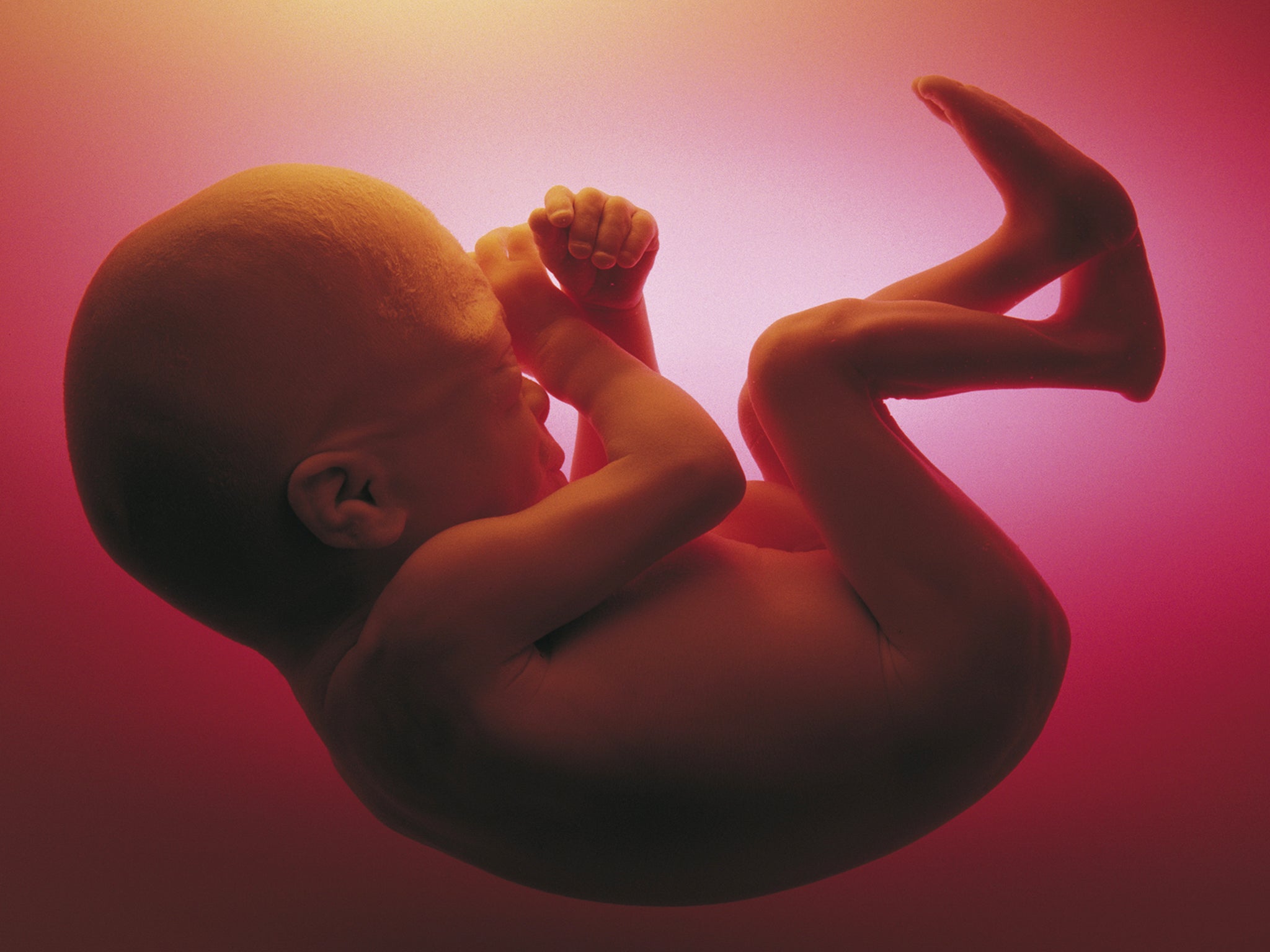DNA previously written off as 'junk' actually determines genitals at birth
Loss of unessential DNA section which boosts sex determining gene causes male mice to develop female genitals and ovaries

A small snippet of “junk” DNA which was previously thought not to play any essential role in humans may be the difference between being born male or female, UK researchers have found.
In 1991 scientists made a female mouse develop as a male by inserting the Sry gene - short for sex-determining region Y - into the developing embryo. Showing a single gene change could determine our sex.
Now, research published in leading journal Science, shows there is another equally important instruction located in a seemingly unrelated part of our DNA manual which, if removed, results in a genetically male mouse develop female genitals and ovaries.
This newly discovered section, called enhancer 13, massively boosts the signal from Sry to the gonads, which start off as neither male nor female, and ensures they become testes and trigger other male traits.
It also has an equivalent in the human genetic code and may help explain why people missing genes in this area may be born with partially-formed genitals ones that do not conform to their gender, the researchers said.
“It’s finely balanced, it needs to go one way or the other,” Professor Robin Lovell-Badge, who heads the research team at London’s Francis Crick Institute and first identified Sry 27 years ago, told The Independent.
“Sry is there and it starts the process, then you immediately get all these mechanisms that reinforce it, like enhancer 13."
Once the testes have developed they can release testosterone, the male sex hormone, which floods the other bodily tissues and directs them to form the penis and underpins further changes in puberty.
If this process isn’t followed all the way through it could mean the outward genitals don’t fully form, or the foetus begins to develop as female.
Just two per cent of the three billion points of human DNA include all the instructions for our cells to develop from embryo to adult and keeping our bodies running.
These genes each give an instruction to create a particular protein, which perform all the tasks in our cells and allow them to work together in larger structures of the organs.
In Sry’s case it gives the instructions for a protein called SOX9 which is released in a precision burst to tip the gonads into developing as testes.
“In the mouse we know it only acts for a few hours,” Professor Lovell-Badge added. “It’s a pathetic little gene, it wakes up, gives an order and goes back to sleep – one could argue it’s a typical male.
Enhancer 13 is part of the 98 per cent of the DNA which doesn’t contain any protein-coding genes, but despite being 500,000 letters away in the DNA instruction manual it triggers precisely alongside Sry to boost levels of SOX9.
Though multiple enhancer areas usually work in tandem, with no single one having much effect, experimental mice with only the enhancer 13 section of their DNA experienced sex reversal from male to female.
The study’s first author, Dr Nitzan Gonen, said: “Our study highlights the important role of what some still refer to as ‘junk’ DNA, which makes up 98 per cent of our genome.
“If a single enhancer can have this impact on sex determination, other non-coding regions might have similarly drastic effects.
“For decades, researchers have looked for genes that cause disorders of sex development but we haven’t been able to find the genetic cause for over half of them.”
As well as using this information to understand these conditions, Professor Lovell-Badge thinks it could point to how much of our human DNA has actually been handed down from our earliest ancestors.
“Mammals general don’t change sex, but perhaps it’s an evolutionary relic," he told The Independent.
“There are species of fish that can change sex and do so multiple times. So we’re basically fish and we have to be pushed one direction or the other.”
Join our commenting forum
Join thought-provoking conversations, follow other Independent readers and see their replies
Comments